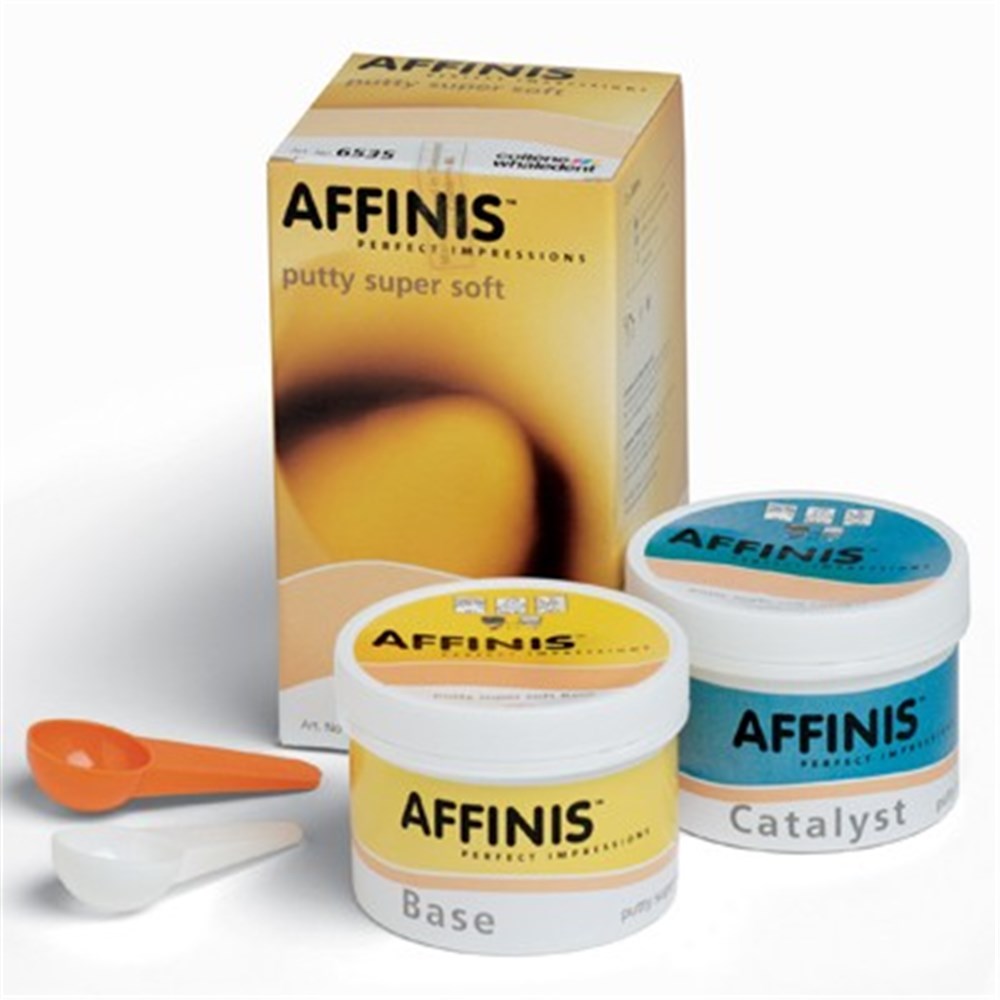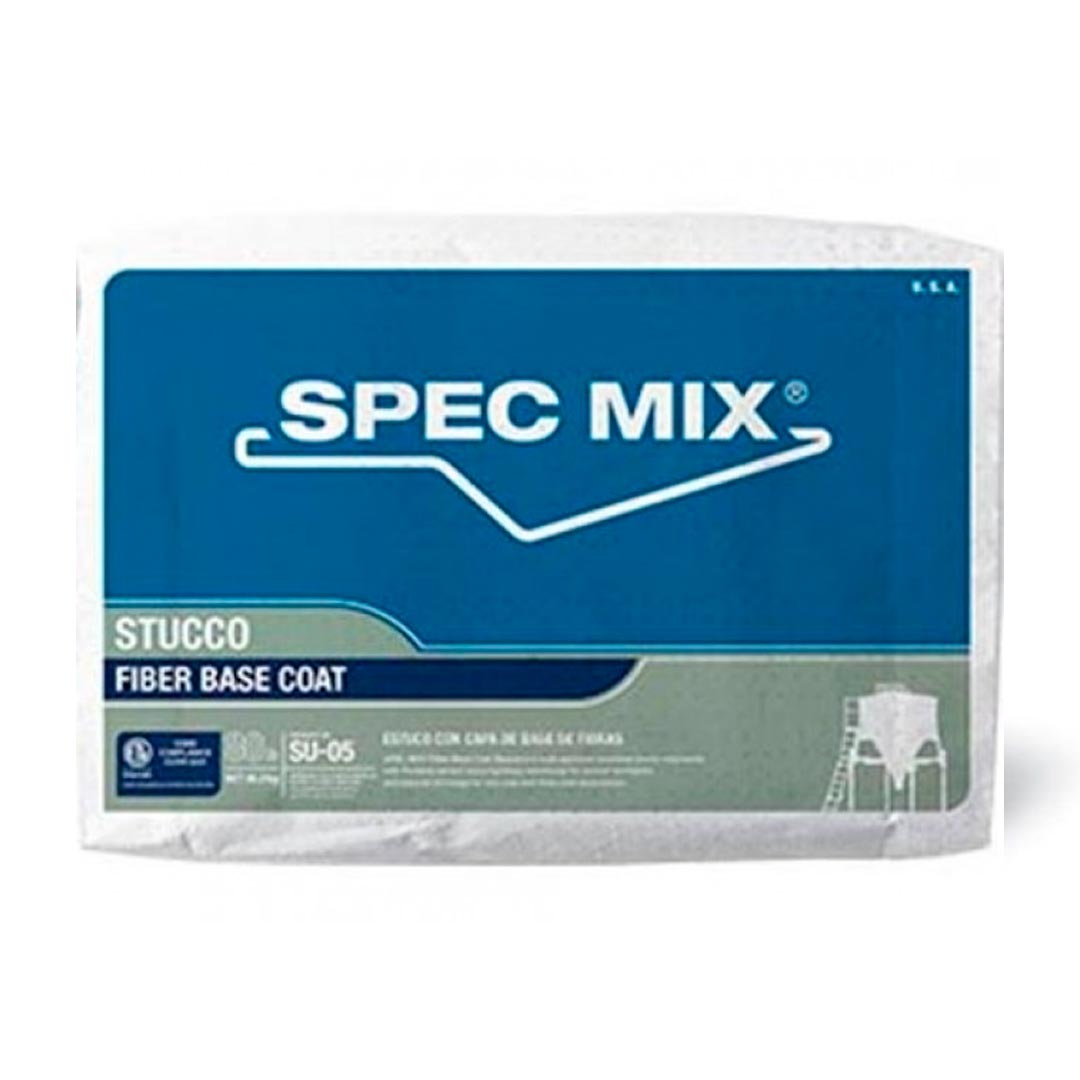

For example, the methylated CyDs significantly enhance the rectal absorption of hydrophobic drugs such as flurbiprofen, 40 HCFU, 61 and BPAA. Generally, the hydrophilic CyDs enhance the release of poorly water-soluble drugs from fatty bases because of the lesser interaction of the resultant complex with vehicles, 90, 91 which eventually improves the rectal absorption. The release of drug from suppository bases is one of the important factors in the transmucosal absorption of drugs, since the rectal fluid is small in volume and is viscous compared with GI fluid. Kaneto Uekama, Fumitoshi Hirayama, in The Practice of Medicinal Chemistry (Second Edition), 2003 Rectal absorption The USP lists the following as usual suppository bases: cocoa butter, cocoa butter substitutes (primarily vegetable oils), glycerinated gelatin, hydrogenated vegetable oils, mixtures of PEGs of various molecular weights, and fatty acid esters of polyethylene glycol. In general, formulators have been reluctant to use glycerinated gelatin as a rectal suppository base because of its relatively slow dissolution.

Water-soluble or water-miscible vehicles also have been used. The traditional cocoa butter vehicle is immiscible with aqueous tissue fluids but melts at body temperature. Rectal suppository bases can be classified broadly into two types: fatty and water soluble or water miscible. It should be molded easily and should not adhere to the mold. It should be stable if heated above its melting point. It should not bind or otherwise interfere with release or absorption of drug substances. It should be nontoxic and nonirritating to mucous membranes. It should melt at body temperature or disperse in the body fluids. It should be compatible with a variety of drugs. It should release the medicaments readily.

The ideal suppository base should meet the following general specifications:


 0 kommentar(er)
0 kommentar(er)
